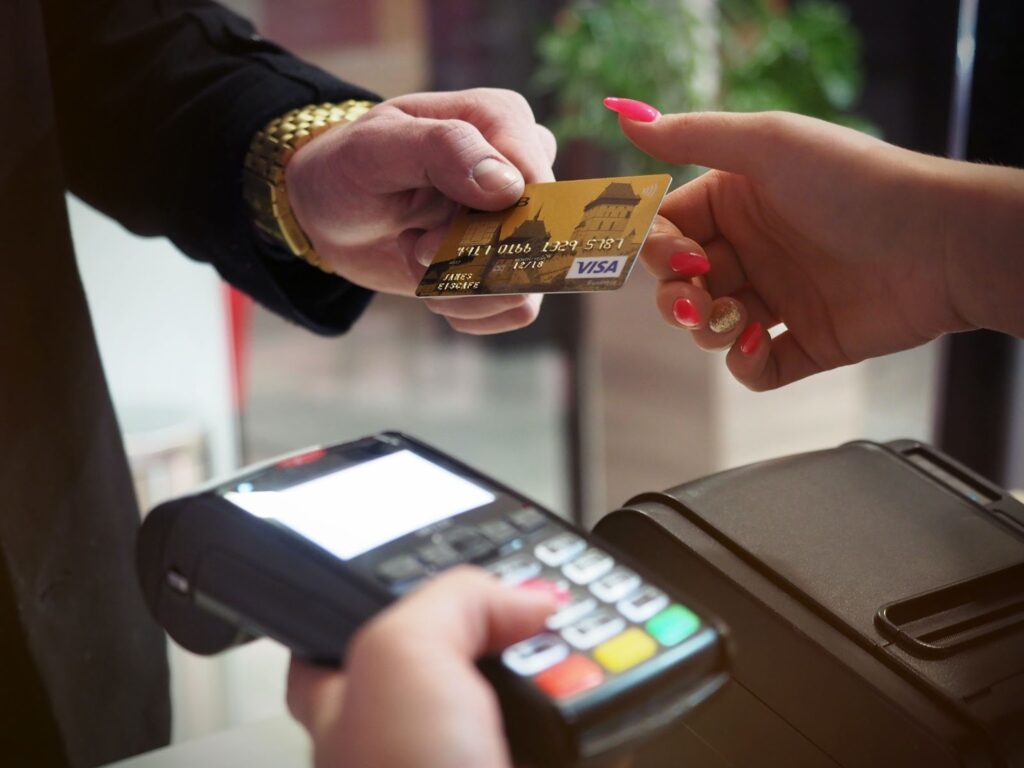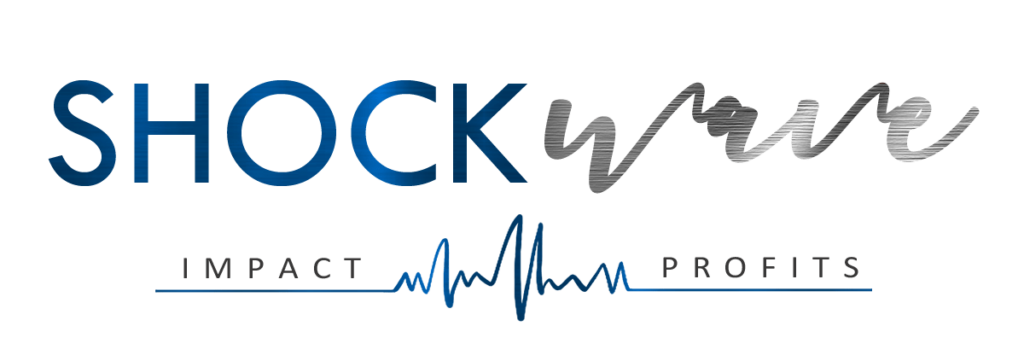Why You Need Trust Icons

Introduction
In the wildly popular USA Network show, Suits, the main character is a bold and arrogant New York lawyer named Harvey Specter. Despite his numerous flaws (and ridiculous haircut), there’s no denying his skills as a business mogul.
While he has many quotable lines, there’s one that stands out above the others: “My respect isn’t demanded, it’s earned.” The lesson here is that you should never respect someone just because they tell you to. You need proof that they’re worthy of your respect.
In business, the same is required with trust. You can’t just demand trust from your customers–you have to earn it.
You might already know the classic “know, like, trust” diamond that says your prospect must feel all 3 of those before buying. Even though trust is last in that list, I would argue that it’s the most important and most difficult to secure.
Consider the following statistics:
- There were 2.8 million fraud reports in 2021
- In the same year, $5.8 billion was lost to fraud
Both of these numbers represent a 70% increase from 2020. This means that customers are more skeptical than ever of the promises they see on the Internet. With a potentially devastating scam just one click anyway, prospects must completely trust your offer and your business before they even consider buying.
There are numerous ways to establish this trust, and today we’re going to discuss one simple yet powerful solution: trust icons.
In this post, we’ll describe the different types of trust icons, why they’re so important, and when you should use them to maximize their impact.

Types of Trust Icons
Before we can outline the different types of trust icons, we first need to establish what trust icons are.
Trust icons are signals that are displayed on websites and other points-of-sale (like emails, sales pages, etc.) to help customers feel more secure in their decision to buy a product or service.
To illustrate the concept, consider the way you think of someone who knocks on your front door. Let’s say you hear the doorbell ring and you look through the tiny peekhole (we all do it) to see who it is.
I’ll bet that you’re much more likely to let that person in if you see them wearing the Domino’s Pizza uniform with the branded delivery bag to match. Why? Because we trust those signals (and we want that Chicken Carbonara pasta that we ordered ASAP).
Trust signals & credibility boosters like these exist everywhere, from employees with uniforms to police officers who flash their badges.
As humans, we’re wired to seek safety, and business is no different. There are a number of different trust icons you can use to make your customers feel safe, too.
Let’s discuss the top 5:
- Social Proof
- You might identify as an independently thinking entrepreneur, but it turns out you’re the anomaly. Most people do what they see other people doing. They’re part of the herd that waits before taking action. One of the best trust icons you can include, then, to nudge them towards action is social proof. When you include testimonials, your prospects know that the promises you make aren’t empty ones. These social proof icons can be written reviews with pictures of the customers or (the better option) video testimonials (remember that the video medium is booming in 2022).
- Trust By Association
- Related to the social proof trust icon is trust by association. These third-party signals include past clients/big names you worked with, as well as industry awards and features. For example, let’s say you’re a landscape designer whose work is often featured in industry-leading magazines. Including an “As Featured In” section with the magazine logos will give you an extra credibility boost and instill trust. Any prospect who sees these features will realize that your product/service is not just based on strong copy and big promises–it’s rooted in actual results.
- Secure Checkout
- The “Secure Checkout” trust icon is arguably the most important one. Considering the scamming stats I shared earlier, you can understand why customers need to be absolutely sure their money is in safe hands. This is where you can include your SSL (Secure Socket Layer) Certificate to show that your checkout process is encrypted.
- Accepted Payments
- Related to “Secure Checkout” are the “Accepted Payments” icons. When people see brands they recognize, they immediately feel more relaxed & confident in their purchase. Including the Mastercard, Visa, American Express, and PayPal badges on your secure checkout page is a critical step to increase trust during that final step.
- Money-Back Guarantee
- Buyers’ remorse is a real phenomenon that customers deal with all the time. We never want to see the money drain from our bank account, which is why we all feel some level of guilt after purchases. However, a satisfaction guarantee icon (ex: “100% refund in the first 30 days”) helps eliminate those feelings. By including this icon, you’re signaling to your prospects that this is a non-binding, safe purchase.
“But wait,” you say, “I don’t want to make refunds that easy. Won’t people just use my product for a little bit and then return it to avoid paying?” That’s a fair question and one that worries many business owners, but here’s the harsh truth: you need to have more faith in your business!
If you really believe that most people will ask for a refund, then I’m sorry to tell you–but your product needs improvement. Having complete confidence that your product/service improves people’s lives means you don’t have to worry about customers asking for a refund. After they’ve tested the effects of your amazing product, they’ll have too much FOMO to actually send it back.
Now sure, you might get a few sneaky customers who use it and lose it, but that’s fine. They’d probably be bad long-term customers anyway.
The pros of nudging your prospects forward with a satisfaction guarantee far outweigh any perceived cons–as long as your product/service is a winner.

Why do Trust Icons Work?
Now you know the different types of trust icons, but let’s dive deeper into the psychology behind their effectiveness.
First, you might already know the phrase: “People buy on emotion and justify with logic.” If your written copy does its job, your prospects should already be in an emotional state and ready to buy.
Painting a picture of how great their life will be as a result of your product/service should make them excited enough to want to buy.
The problem is: that’s not the whole story.
Because, as I mentioned earlier, buyers’ remorse is very real for most customers. They worry that their spouse will be mad, or that they’re being conned by lying marketers.
So, at this point in the buying process, they’re looking for a way to justify their purchase to themselves and to their loved ones.
This is why trust icons are so important.
They provide your customers with the logical justification they need. Once they realize their purchase is safe and that your product/service is trusted by other people and established brands, they can breathe a sigh of relief. From there, it’s much easier for them to make the purchase.
If you still don’t believe me about the power of trust icons, consider the following stats from a landmark Baymard Institute study:
- 20% of respondents didn’t trust websites with their credit card information–causing them to abandon the checkout process
- 61% said that they chose not to make a purchase because there were no visible trust signals.
- 48% of respondents said that trust badges help them overcome this fear and assure them that the site is trustworthy
All of this is to say that trust is your most valuable asset as a business. Including trust icons on your website and sales pages are great ways to build that trust and create lifelong customers.

When to Use Trust Icons
Now that you’re clear on why trust icons are so important, the next question becomes: “when should I use them and how often?”
The first thing to note is that you can use trust icons on pretty much anything in your business–website, sales email, checkout page, sales page, etc.
And here’s the good news: If you’re struggling to figure out which icons to use, there’s actually no need to worry.
In most cases, having any trust icons is the critical factor–what type or what they represent doesn’t matter nearly as much. Simply including trust icons at all gives your prospect the confidence they need to make the purchase.
“Okay,” you say, “well then how many should I add?”
This one is up to you. However, I recommend that you don’t include any more than 2-3 trust icons on a particular page.
Why?
Because any more and your page becomes a blob of endless logos. And this could actually reverse the intended effect.
Two things can happen from trust icon overload:
- Your prospects get confused & overwhelmed by all the strange logos
- They think you’re trying to overcompensate for something that’s missing in your product or service.
Throwing every trust icon at the wall to see what sticks is NOT a good solution.
Keep it classy, keep it simple, and include just a few in order to give your prospects that final nudge.
And finally, in terms of the physical location for these trust icons on your web pages: SPLIT TEST!!
I’m a huge believer in the power of split testing to continuously increase conversions. You should always split test everything in your business, and your trust icon placement is no different.
Treat these the exact same as you treat your headlines: keep experimenting to figure out what works best.

Conclusion
At its core, selling is service. Your job is to convince your prospects to take action because you know your product/service will improve their lives.
If you truly believe in your work, then it’s your duty to get that product/service to as many people as possible. To make this happen, you must get all the details right to improve your customers’ experience. Those seemingly small adjustments or additions could be the difference between a conversion and an abandoned cart.
Remember, trust from your prospect is earned–not demanded. It takes tons of time and effort to even get people in your sales funnel at all.
Once they’re in your world, you need to constantly reassure them that they’re in good hands.
Trust icons give your prospects the confidence they need to believe in what you’re selling. It doesn’t matter if you know how good your product or service is. Or that your copy makes big, magnetic promises. What matters is that your prospects believe it too.
Big promises can be found everywhere on the Internet. How can you ensure people actually believe your promises?
Work hard to develop unshakeable trust–that’s how you make the most money and impact.
